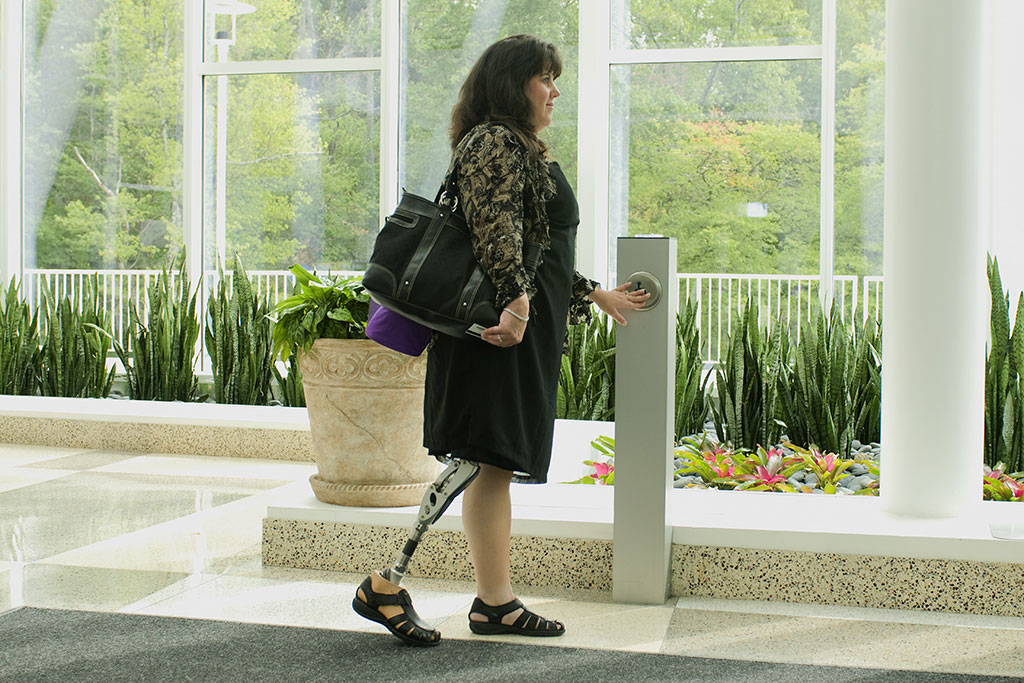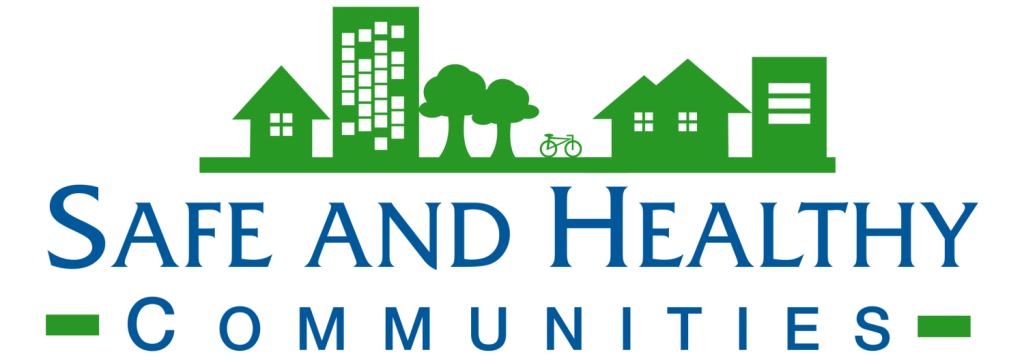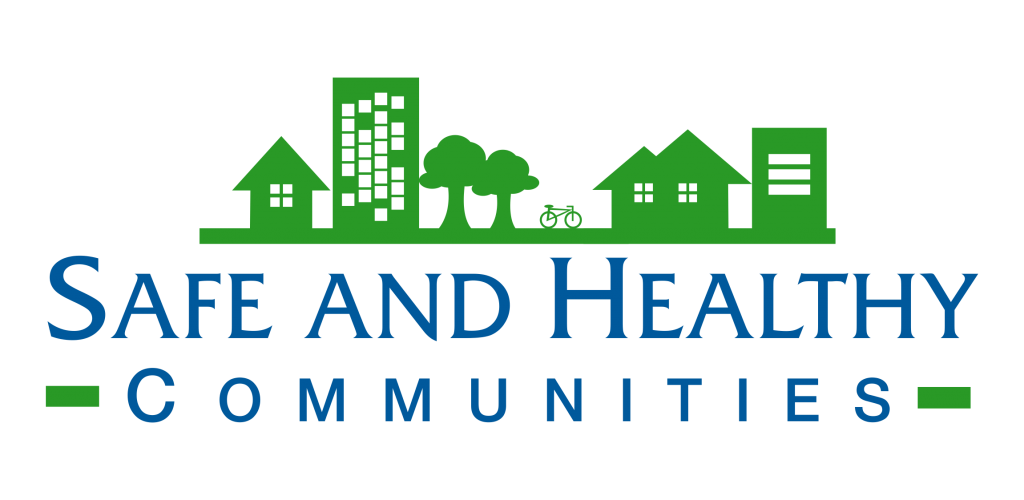Healthy and Equitable Transportation - What does it do?
- Increases choices for travel to accommodate everyone
- Improves access, physical activity, mental health, and social capital among communities
- Reduces Carbon Dioxide (CO2) emissions, traffic, and congestion
- Facilitates/Catalyzes economic growth
- Decreases traffic speeds and subsequent injuries and fatalities caused by crashes
- Supports the growth of healthy and more equitable communities to everyday destinations
 Decision-making in transportation policy and planning can have significant impacts on public health. Transportation is an important component of the built environment that significantly influences the health, well-being, safety, and the ability of residents to access destinations and resources that are essential to healthy living. Transportation, equity, and health are interlinked across a variety of issues including emission of air pollutants, changes to the built environment from transportation development, roadway and pedestrian safety, and physical activity rates.
Decision-making in transportation policy and planning can have significant impacts on public health. Transportation is an important component of the built environment that significantly influences the health, well-being, safety, and the ability of residents to access destinations and resources that are essential to healthy living. Transportation, equity, and health are interlinked across a variety of issues including emission of air pollutants, changes to the built environment from transportation development, roadway and pedestrian safety, and physical activity rates.
Up until recently, American cities have been primarily designed to support travel by car which can have several negative implications for public health. Autocentric infrastructure can increase sedentariness, traffic congestion, and air pollution while decreasing physical activity levels, resulting in poorer health outcomes. Healthy transportation options, such as walking, cycling, and taking public transit can promote the overall health and well-being of communities, although they are often still under supported in favor of autocentric infrastructure.
How can supporting healthy transportation improve public health?
- Street lighting, safe sidewalks and bike paths, high-density and mixed-land use design, visually pleasing areas, and how safe people feel increases walking, biking, and the use of public transportation.
- Highly walkable neighborhoods are linked to 15-30 more minutes of physical activity each week for residents compared to those living in neighborhoods that were considered less walkable.
- Neighborhood access to bike trails and bike lanes can increase the number of people who bike and the trips they take
- Additional ways that healthier alternative modes of transportation impact public health include reducing traffic crashes and congestion, improving mental health, promoting social justice, preserving the environment, create more resilient communities, and enhancing social relationships.
 Access to essential destinations is especially critical for historically underserved populations including older adults, people with disabilities, people of color, and low-income populations. Often, many members of these populations historically do not have access to or are unable to operate a car and rely heavily on public transit as their primary means of transportation, making their quality of life, beholden to the quality of transit systems.
Access to essential destinations is especially critical for historically underserved populations including older adults, people with disabilities, people of color, and low-income populations. Often, many members of these populations historically do not have access to or are unable to operate a car and rely heavily on public transit as their primary means of transportation, making their quality of life, beholden to the quality of transit systems.
Statewide and local transportation planning presents an opportunity to align the policy and practices of transportation networks and the built environment with the principles of public health and equity. Transportation plans are guiding documents that establish funding and policy priorities, often dictating which projects are funded and which modes of transportation are favored. Despite primarily prioritizing automobiles in the past, transportation plans have the potential to increase support for other modes of transportation, benefitting populations that cannot afford, are unable to operate, or simply prefer not to use automobiles. National, state, and local goals that incorporate alternative modes of transportation can serve as a unifying vision that engenders collaboration from professionals across several interdisciplinary sectors.
How SHC can help:
- Establish performance measures to promote safe, affordable, and equitable alternative modes of transportation including public transit, walking, and cycling
- Conduct health impact assessments to inform and guide transportation planning, policy, and projects to understand the positive or negative impacts to health and equity
- Engage populations, especially people with disabilities, and older adults and historically underserved and marginalized groups, in every stage of the transportation planning and development process by conducting focus groups, surveys, charrettes, and interviews
- Collect qualitative and quantitative data and analyze data to evaluate how transportation and planning policies and other decision-making affect public health and equity
- Support effective coalitions, advisory groups, partnerships, and collaboration by facilitating stakeholder discussions, training, and organizational capacity building for effective planning and decision-making Conduct trainings and workshops that equip participants with the knowledge, skills, competencies, and technical assistance to instigate and sustain community change.
- Help to use public health and equity evidence-based approaches to assess and evaluate ongoing projects and inform the creation of new initiatives
- Translate research into practical applications to ensure that best practices from a variety of interdisciplinary fields are employed
- Support policy development, coalition forming, and engaging elected and appointed officials.
- Deliver presentations to communities and decision-makers related to transportation, health, and equity and turning communities into safe and equitable places that promote the health and safety transport of all residents.

